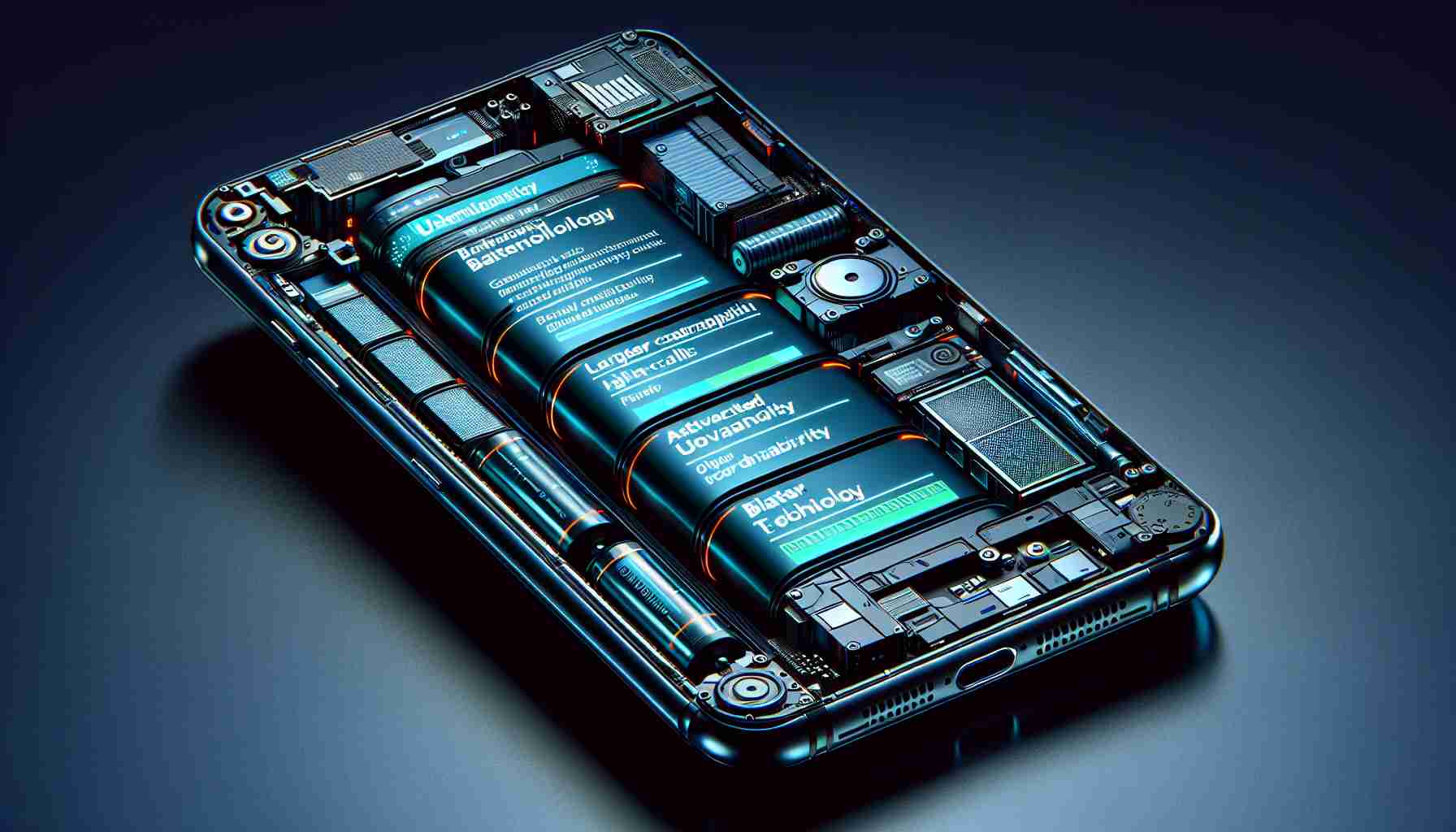Samsung maintains its position in the forefront of smartphone technology with potential new advancements in the pipeline. A notable leak suggests that the Galaxy S25 Ultra, the flagship phone expected in 2025, will retain its predecessor’s 5,000mAh battery capacity and support for 45W fast charging. This update came amid speculations indicating that Samsung would introduce stacked batteries, bolstering battery life and enabling 65W charging, developments now postponed until the debut of Galaxy S26 Ultra.
Despite the fact that many might find the unchanged battery capacity underwhelming, a promising development is on the horizon. A new battery management feature, eloquently dubbed “Battery AI”, is reportedly in the works, expected to extend the device’s battery life by an additional 5% to 10%. Unlike typical power-saving measures that compromise performance, the Battery AI feature is believed to intelligently minimize background processes that are not essential, thus conserving energy without throttling the processing power.
Details on whether “Battery AI” will be part of the Galaxy S25 series remain unconfirmed, but industry informants speculate that the innovative feature could be included. If indeed incorporated, “Battery AI” would need to be compatible with Snapdragon 8 Gen 4 and Exynos 2500 chipsets scheduled to power the S25 lineup. The inception of “Battery AI” could also serve to mitigate any criticism from consumers concerning the unchanged battery specifications, spotlighting Samsung’s continuous dedication to enhancing user experience through smarter technology.
**Anticipated Battery Advancements in Galaxy S25 Ultra**
Samsung is expected to continue its tradition of innovation with the anticipated Galaxy S25 Ultra. While initial leaks suggest retaining the same 5,000mAh battery capacity and 45W fast charging support as its predecessor, there is anticipation for a novel feature: “Battery AI”. This intelligent battery management tool could potentially extend battery life by optimizing background activity without impeding performance, potentially offering a 5% to 10% increase in longevity.
Key Questions and Answers:
– Q: Will the Galaxy S25 Ultra feature a new battery technology?
– A: As per the leak, the Galaxy S25 Ultra will maintain its 5,000mAh battery, but it may introduce a new “Battery AI” feature for enhanced management.
– Q: What is “Battery AI” and how does it work?
– A: “Battery AI” is an anticipated battery management system that aims to intelligently minimize non-essential background processes to conserve energy without reducing processing power.
Key Challenges and Controversies:
– The main challenge Samsung faces is balancing innovation with consumer expectations. While the unchanged battery capacity may disappoint some, the introduction of “Battery AI” could mitigate concerns by providing an alternative way to enhance battery life.
– Consumer skepticism towards AI features and their actual effectiveness in real-world usage may also be a potential hurdle for Samsung.
Advantages:
– If effective, “Battery AI” could significantly improve battery life, thereby reducing the need for frequent charging and enhancing the overall user experience.
– Energy-saving features that do not compromise performance are highly sought after in the premium smartphone market.
Disadvantages:
– Sticking with the same battery capacity might put Samsung at a disadvantage competitively if other manufacturers offer phones with larger batteries or faster charging technologies.
– The actual impact of “Battery AI” on battery life will only be measurable upon release, and any potential software issues could undermine its advantages.
For more information on the latest advancements by Samsung, visit their official website at Samsung. Please note that the actual benefits of “Battery AI” will need real-world testing and user reviews before they can be substantiated, and as always in the tech world, plans can change, and specifications might get updated before the release of the device.
